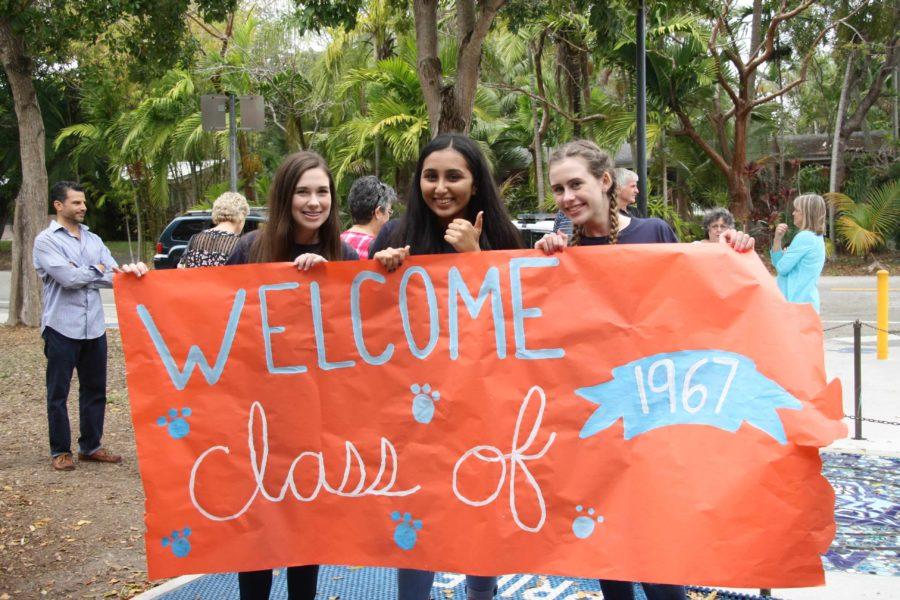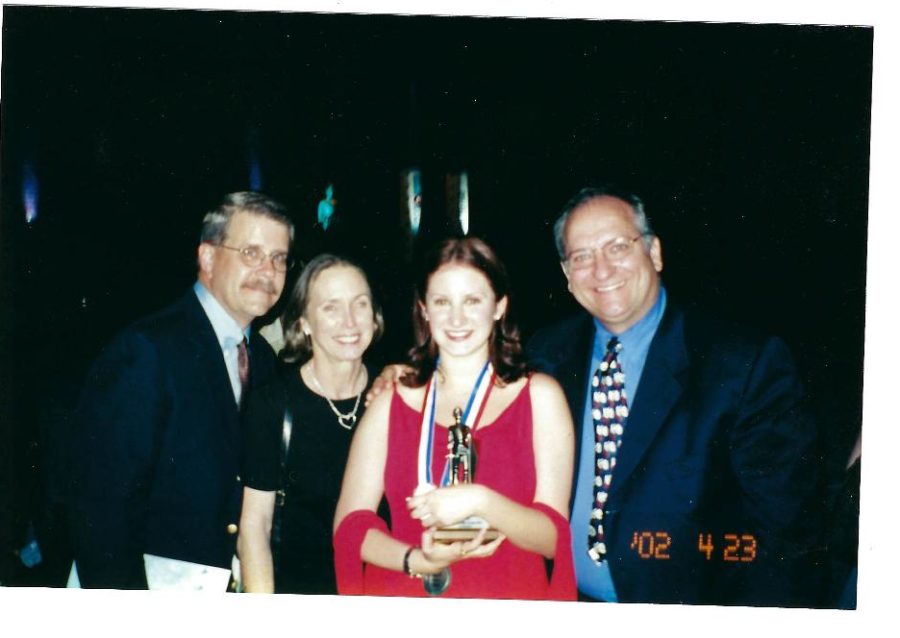Picture the last game of the football season; the star player has the ball locked in his hands and races toward the end zone, three seconds away from half time. 1 . . . 2 . . . Just as the crowd’s heartbeats reach their fastest and they are on the verge of leaping from their seats in pure excitement . . . he trips.
And just like that, the crowd has to watch their star player get pulled out of the game on a stretcher. But little do they know, there is a mini hospital waiting for him at the back of the stadium.
This “mini hospital,” is composed of a head athletic trainer, one head student trainer, three officers and usually fifteen student trainers.
And those twenty people could be the difference between the player sitting back wallowing in pain and defeat or rising again to land the team a victory.
“The job is defined as the recognition of injuries,” Michele C. Benz, head athletic trainer, said. “Our responsibilities include the prevention and evaluation of athletic injuries as well as the immediate care and treatment of injuries.”
Athletic trainers are the backbone of a sport team; they provide them with the necessities and care that the players need after an injury in order to get back in the game.
Anyone from the badminton team to the Variation dancers can visit room 935 after school to get treated for an injury, but the trainers cover a distinct variety of high-risk sports like basketball, football, volleyball, soccer, basketball, baseball, softball and wrestling.
“We wouldn’t go to a less-risk event like bowling because we’d just be sitting around waiting for someone to get hurt, but with sports like football there’s always more of a chance,” Benz said.
Athletic trainers usually have to apply in the beginning of May, the first day of the spring football season. The process takes ten days and begins with them practicing techniques like stretching, first aid and how to do a “tape job.” The potential athletic trainers then have to go to the football practices and treat injuries.
“During my freshmen year, my brother was a football player and at all the games, one of the players would get hurt,” senior Courtney Albury, head student athletic trainer, said. “I saw all the girls running up to them and doing the medical stuff, and I realized I wanted to help too.”
This is Albury’s first year as head student trainer, and she plans to go into the medical field. She believes that involving herself in athletic training is the path that she should take to get there.
“It definitely brought my brother and I closer because I was with him every day,” Albury said. “I love treating and learning about the body and being able to fix injuries.”
To be an athletic trainer, Benz looks for someone who can maintain a grade point average of at least 2.0, wants to go into the health field and can dedicate themselves to the job.







